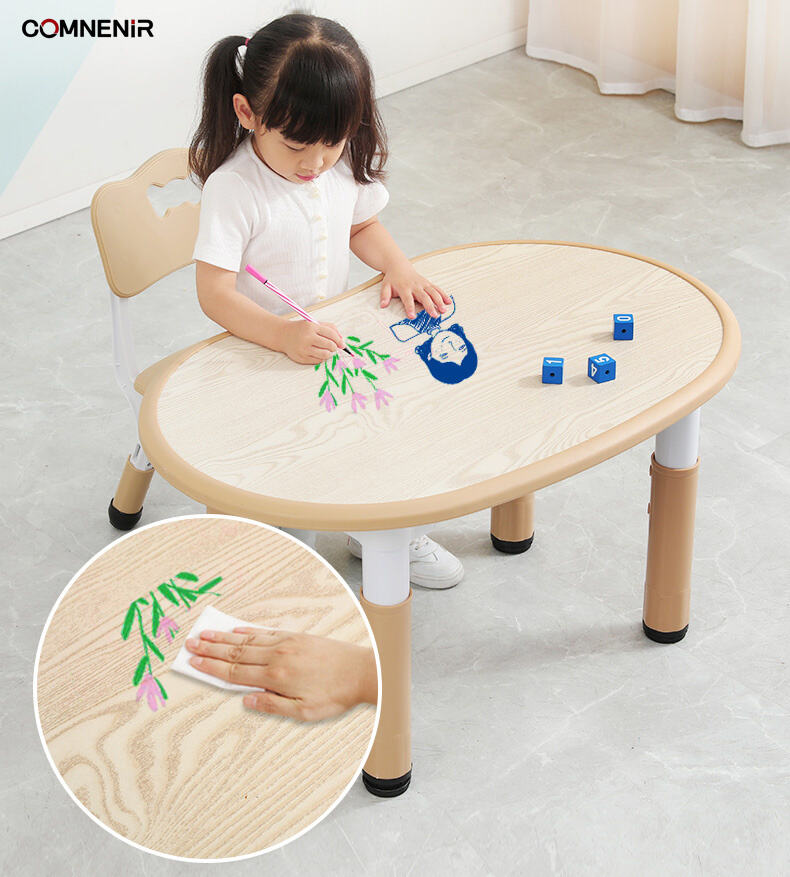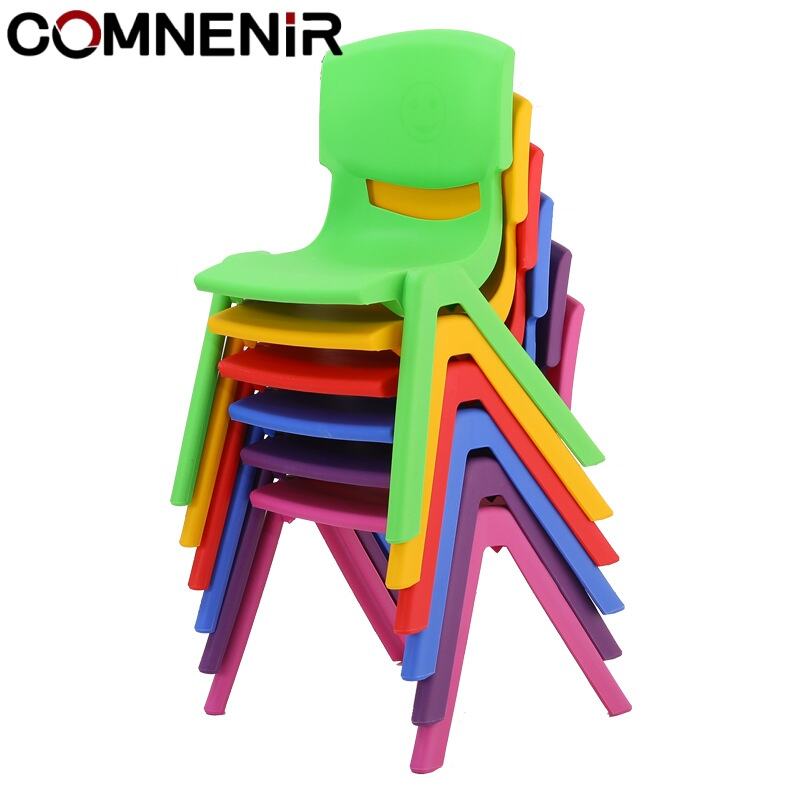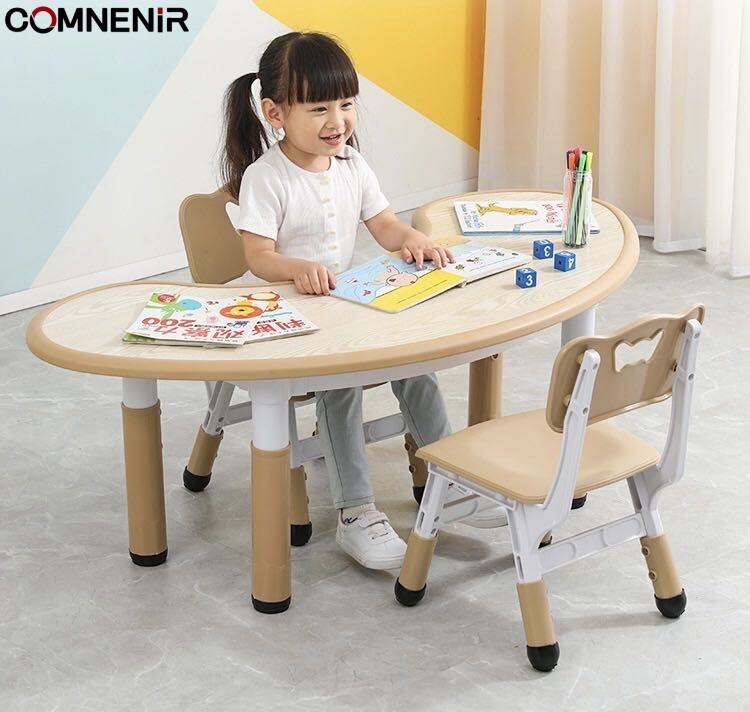science classroom furniture
Science classroom furniture represents a crucial investment in educational infrastructure, combining durability, functionality, and safety features essential for modern scientific learning environments. These specialized pieces include chemical-resistant laboratory benches, adjustable height stools, storage cabinets with proper ventilation systems, and demonstration tables equipped with built-in sinks and electrical outlets. The furniture is engineered to withstand regular exposure to chemicals, heat, and daily wear while maintaining strict safety standards. Modern science classroom furniture often incorporates smart storage solutions, featuring lockable compartments for hazardous materials and ergonomic designs that promote proper posture during extended laboratory sessions. These furnishings are typically constructed using high-grade materials such as phenolic resin tops, powder-coated steel frames, and chemical-resistant laminates, ensuring longevity and maintaining a sterile environment. The integration of technology-ready features, including data ports, charging stations, and designated spaces for digital devices, supports the increasing role of technology in scientific education. Each piece is designed to maximize space efficiency while facilitating both individual and collaborative learning experiences.


